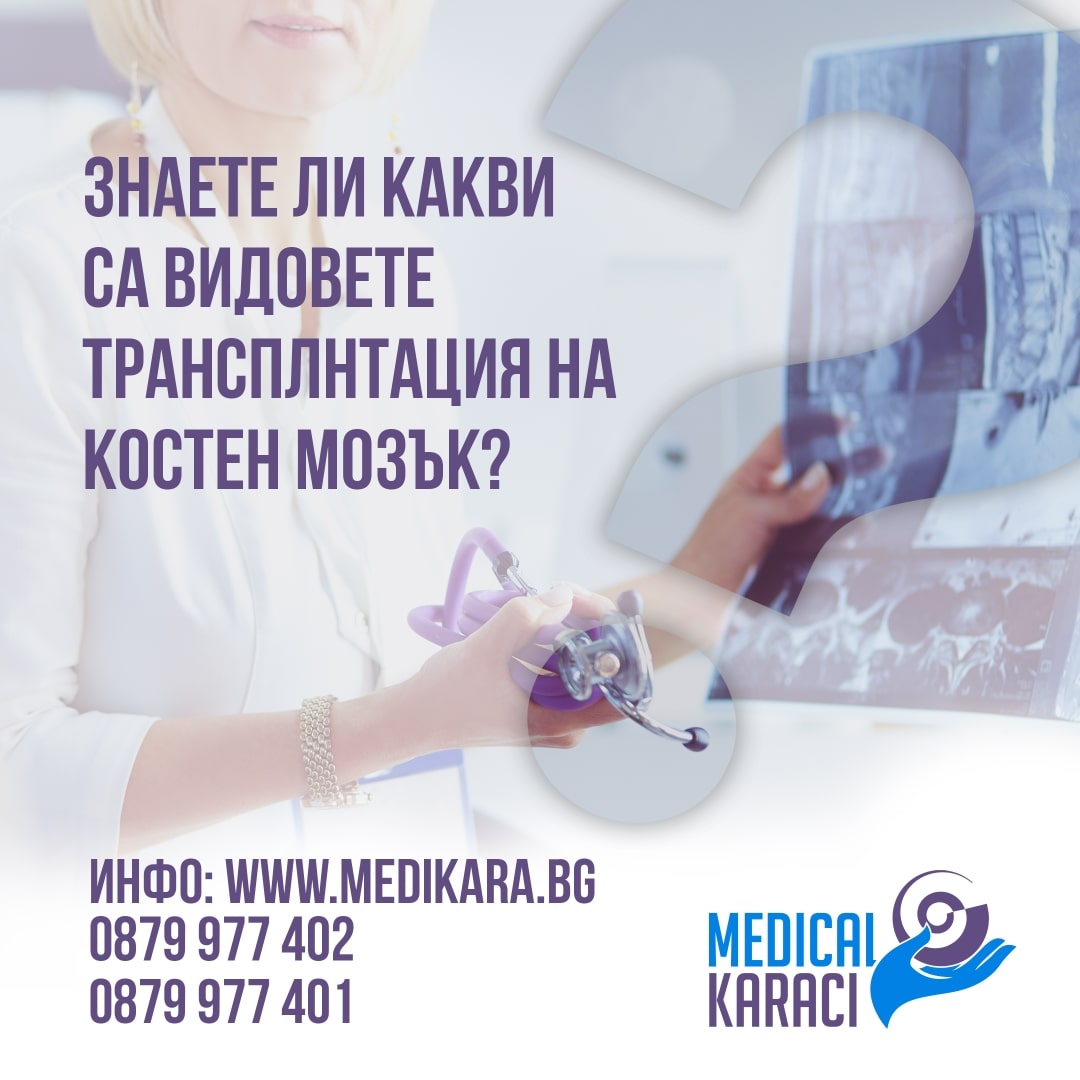Stem cells in a bone marrow transplant can be extracted from the patient's own body or from a donor. The types of bone marrow transplants are:
- Autologous transplantationin which the patient's own cells are used. This method is most commonly used in patients with multiple myeloma and lymphoma.
- Allogeneic transplantation with full compatibilityin which fully compatible stem cells are used from a donor who is most often a close relative of the patient, with whom they have full tissue compatibility.
- Allogeneic transplantation with a compatible unrelated donor, which is performed in patients who do not have a close relative with full compatibility. In these cases, the donor is found in a national or international bone marrow bank.
- Haploidentical transplantation, which is applied to patients who do not have a relative with full compatibility and need an urgent transplant. A relative of the patient with partial compatibility - mother, father or child - then becomes the donor, as having a 10/10 tissue compatibility is not essential. This is a relatively new method and is only used in a few centres worldwide, but has the potential to completely eliminate the problem of finding a suitable donor.








